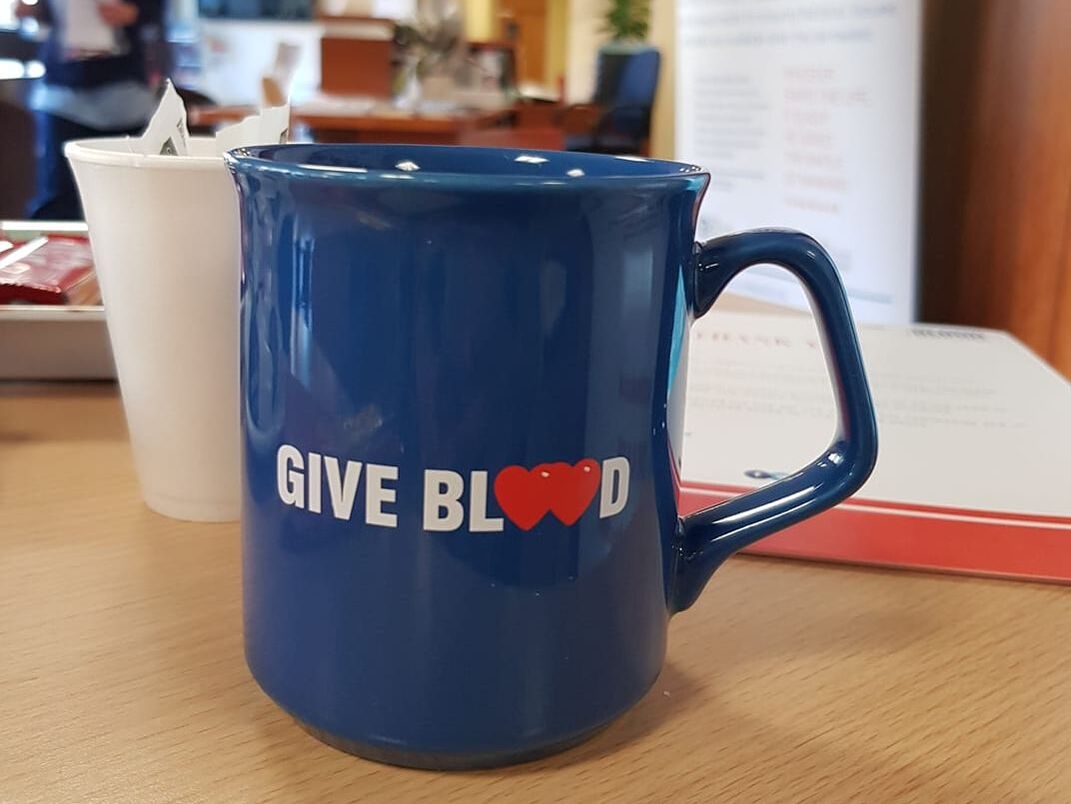|
|
|
If we look at it sociologically, we see that blood has been associated with a spectrum of positive and negative qualities, from being a symbol of sacred bonds to outright impurity. Blood represents family ties, contains codes and data about our physical health and wellbeing, and is also pervasive in religious symbolism. The blood of a martyr or Messiah represents some truth about salvation, and the relation between humans and the divine.
My Identities article, ‘Could we use blood donation campaigns as social policy tools?: British Shi’i ritual of giving blood’, investigates the socio-cultural settings behind a nationwide blood donation campaign in the United Kingdom, the Imam Hussain Blood Donation Campaign – or in brief, IHBDC. The IHBDC was founded in Manchester by a few young Shia Muslim university students. Almost fourteen years after its foundation, IHBDC is one of the largest cross-ethnic blood donation campaigns collaborating with NHS Blood and Transplant, in England, as well as the Scottish National Blood Transfusion Service (SNBTS). The community activists see this campaign as a way of honouring the sacrifice of their martyr and spiritual leader, Imam Hussain, as well as addressing a health-related social problem. As there is a difference in the frequency of blood types between different ethnic groups, in an increasingly multi-ethnic society, activists are needed to take on the responsibility of assisting with balancing the blood stock level at any given time. The conjunction of religious mythology of blood and donation activism has proved to be effective. Activists are getting more political recognition for their community, while contributing to tackling a social problem. The clearest mark of such recognition is the passing of motions supporting the campaign in both the London and Scottish Parliaments.
Beyond this, the IHBDC’s grassroots campaign has a regulatory effect. It reacts to and regulates a multiplicity of power-relationships between the different generations within the activists’ communities, as well as between different communities. For a long time, anthropologists have studied the regulatory role of religious rituals. The ritual has been studied as an arena in which the social conflicts are practically worked out (Bell 2009). In my Identities article, I argued that on many levels the synthesis of an altruistic grassroots movement with religious ritual has been successful.
The sign of such success is when a blood donation campaign goes beyond a charity. A charity concerns the immediate need of those who are suffering. But philanthropic engagement implies a level of systematic change as a result of activism (Paytn and Moody 2008). Like many other concepts, ‘philanthropy’ has been appropriated by capitalist interests. But the concept is reconnected to its original meaning in projects such as this, led by grassroots activists seeking systematic transformations and social harmony, for their community and the wider society. The modern blood ritual, devised by the IHBDC activists, can be seen as an attempt to capture such harmony. It connects the stories of the martyrs to the everyday lives of British Shia Muslims. It creates the grassroots power to reconcile different aspects of one’s identity. The revelatory nature of blood is at work here, as it reillumines a socio-cultural environment in the light of an attempt to seek harmony, and to make a home. References: Bell, C. 2009. Ritual theory, ritual practice. Oxford: Oxford University Press. Payton, R. L. & M. P. Moody. 2008. Understanding philanthropy: its meaning and mission. Bloomington, IN: Indiana University Press.
Blog post by Morteza Hashemi, The University of Bristol and The University of Edinburgh, UK
Read the full article: Hashemi, Morteza. Could we use blood donation campaigns as social policy tools?: British Shi’i ritual of giving blood. Identities: Global Studies in Culture and Power. DOI: 10.1080/1070289X.2020.1856538
0 Comments
Your comment will be posted after it is approved.
Leave a Reply. |
|
Explore Identities at tandfonline.com/GIDE |
|
The views and opinions expressed on The Identities Blog are solely those of the original blog post authors, and not of the journal, Taylor & Francis Group or the University of Glasgow.

